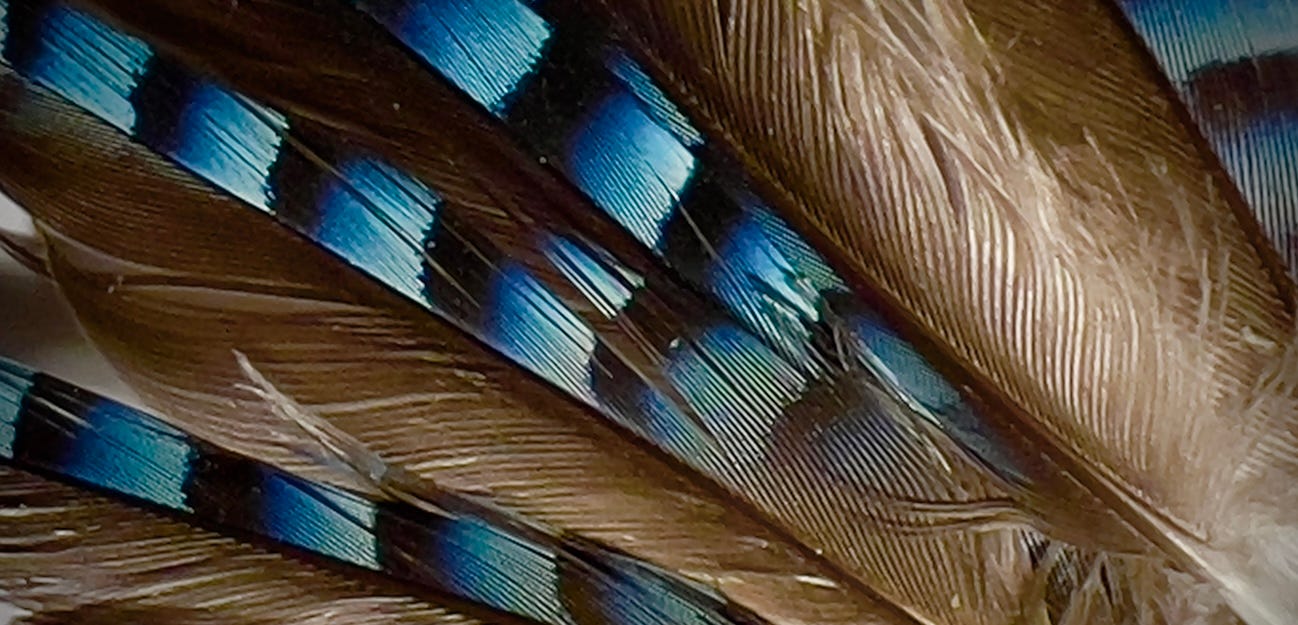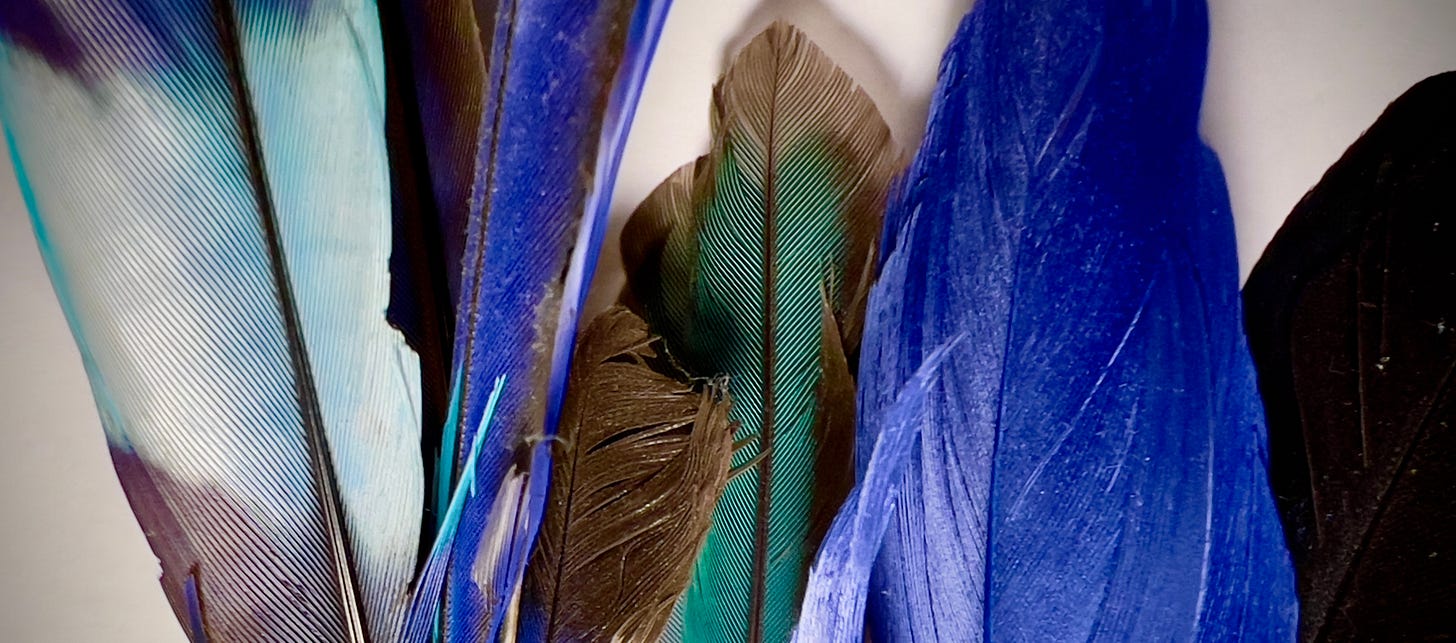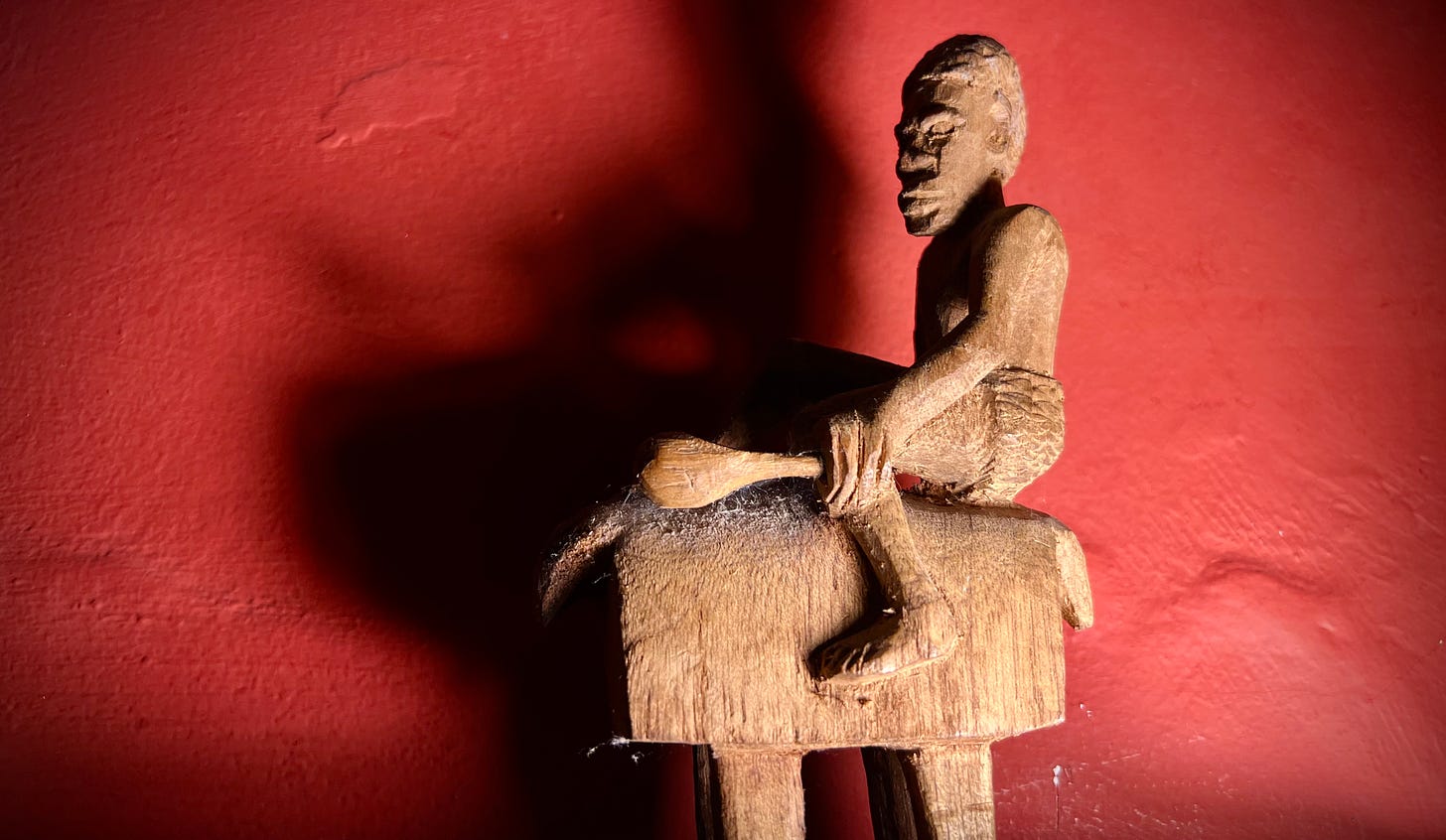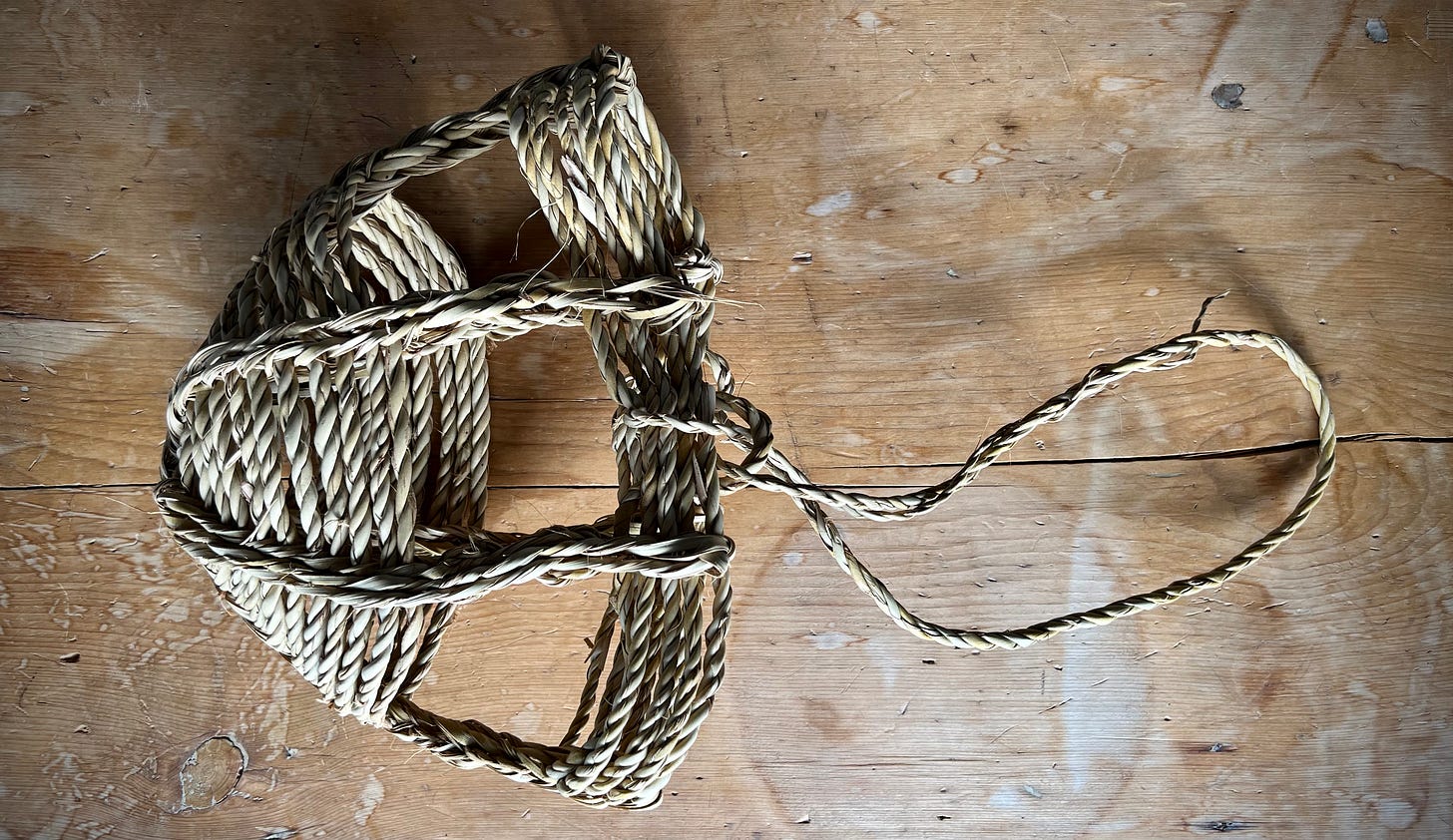Omens
November 2023 President Joe Biden: ‘I think what happens in the next two, three years is going to determine what the world looks like for the next five or six decades.’
In the back of the attic, where the light doesn't reach, my searching hand touches something. It feels like canvas. A bag? And then I catch the smell of it, dusty and resinous, and immediately I'm transported back forty years, back to Sudan. With some difficulty I pull the thing out into the light. It's the red canvas holdall that I took with me for all those years ago. Somehow it ended up here in my mother's loft, stuffed behind the old piano stool and the pink blanket box that, once upon a time, I could fit inside. The bag's zip fastening is corroded shut, but there are things inside and I am immediately impatient to know what they are.
I've always been a collector, not of shop-bought souvenirs or precious antiques, I mean objects on the path. Things that catch your eye and seem to have been placed there by an invisible hand, waiting for you to stoop down and say, 'Hey look. What's this?' Almost as soon as I could walk I was in the habit of stuffing things in my pockets: gold bars, diamonds, banknotes - they would all have been useful, but it was never anything remotely precious in monetary terms. My father called me 'the boy with moss in his pocket.' That child became a teenager who'd rip posters off walls and stuff them inside my Harrington jacket or religiously keep ticket stubs from gigs. But it was with travel that the collector instinct went ballistic.
For some years it was bird feathers: everywhere I went I'd see a feather, not just any quill but a blue one. It started on a spooky drive through a wild rainstorm in Sri Lanka, heading down towards the Mannar peninsula at night. The Tamil separatist war was almost over, but the situation was still tense. As we came out of the jungle the road ahead was covered in mist. When we dipped the headlamps, the light cut under the vapour and I saw that the road was alive with snakes, dozens of them heading left to right. Some as long as me, others as tiny as earthworms. Then I noticed that there were frogs, lizards and rodents too. Were they fleeing the flood or racing to some feast? I asked the driver to go very slowly and avoid them. The road reached a low point and then rose to a small ridge. The mist disappeared and with it the snakes. Then in the centre of the road, lying with its wings outstretched like some strange sacrificial totem, a roller, that magnificent blue bird of the tropics. I got out and lifted it to the roadside. It was completely dead, neck broken, but I didn't like the idea of cars crushing it. I took one tail feather. The driver shivered. “Bad omen.”
After that I couldn't stop seeing blue feathers lying everywhere. What on earth were the gods trying to tell me? Birds were always omen-bringers in ancient times. Once on a river in Borneo my guide threatened to turn around and go home because he had spotted a kingfisher, a fairly restrictive belief for a riverbank-dweller I thought. In India three owls staring down from a temple in broad daylight made people shudder in horror. Around the world owls are usually harbingers of terrible news, but my owl period was to come later. For now it was blue feathers. On the African island of Principe, on the track one morning, a dead kingfisher, "Locally common" as the guidebook puts it, which scarcely tells the full story as Principe is a small island and its unique endemic kingfisher only lives there, nowhere else on earth. A month later in a Welsh wood, a flash of movement and a sparrow hawk had hit a jay, sending something drifting down to earth. You guessed: a blue feather.
Slowly, over years, these blue feathery memory objects were added to the pile of rocks, bones, shells, but also manmade things like shards of glass, pottery and metal. Some even got labelled and put on shelves. My home space became a web of memory, a giant unfathomable mnemonic device which, when I am dead, will instantly lose all its scant meaning and vanish.
The early stuff, however, the stuff that has had to travel farthest and be shifted most often, has often done its disappearing early. Hence my excitement at finding that bag.
I reach inside. The first object is an aluminium saucepan lid, the second a camel muzzle. Neither trigger any memories at all, perhaps they are not even mine although as far as Iknow my mother has always favoured Volkswagens over camelids. But then my hand fastens on more metal and I know what it is, even before I see it.
Back in the mid-1980s when I was cycling from Sudan to Zaire to buy beer with my friend Bullen, it was he who saw my interest in the lost culture of his tribe, the Azande. They are one of those unfortunate peoples who got divided by colonialism, into Belgian, French and British portions, a division which did them no good. Even their name got mangled by the usurpers. British explorers arriving at the edge of Azande territory, reputedly asked 'what tribe live over there', pointing towards the Nile-Congo watershed. The puzzled Azande replied, Niam-niam, and that got written on old maps, marking the home of the mysterious uncontacted tribe. In fact, in the language of the Azande it simply meant, "The people who live over there." With that flick of the pen, the Azande were wiped from their own homeland, cartographically at least.
In pre-colonial Azande-land money did not exist, but wealth was held in spear heads. When the new rulers arrived, clutches of spear heads were buried so the aliens couldn't get their hands on the valuable items. By the time the Azande realised that the newcomers were not interested in spear heads, it was too late: locations were forgotten, spears lost. Now their land and wealth were gone.
Word travelled fast in Zandeland because their language could be transmitted by huge wooden drums. They were effectively massive tree trunks hollowed out with only a narrow slit on top, then stood off the ground on four legs. One side was thicker than the other, creating two notes. The player sat on top. Bullen would often perch on the drum at night and chat with his mates three or four miles away. Telephones and postal system were slowly stamping that practice out. Bullen carved me a figure of an Azande man on a drum so I wouldn't forget. Then he asked his grandmother Ruta about the spear heads.
Ruta gave us vague instructions and we went to the spot in the forest and started digging. Bullen told me how he had once been bitten by a black mamba on his bare foot while digging in Ruta's garden. "My heart started racing, like crazy. I thought it would burst."
He went to the hut and lay down. Two weeks later he emerged, surprised to find he had survived. "It was the most painful terrible thing. My leg swelled up like an elephant's leg."
I am keeping a wary eye on the bushes as we dig, without finding anything. "Those spear heads are very rare these days," said Bullen.
A week later he was outside my hut, eyes shining with excitement. He'd found something. Not a spear head, but a very special knife. A knife with a viciously hooked blade.
"Take it."
"Is it special?"
He chuckles. "Take it to your country and tell people about us Azande. We are forgetting our own culture, maybe you will remember."
There are two holes in the blade and three small projections on the side. I ask why.
"That is the history of this knife," explained Bullen. "These three mean he owns three grain stores - which means he has three wives. And these two holes mean he has killed two men." He mimes how, creeping up on an imaginary victim, grabbing their head and cutting their throat.
Sitting on the floor in the loft, I slide that knife out the canvas bag and push a fingertip through those holes. Now the blade is part of my own memory web, imperfect and fragile, linking back through time, though the mists on a Sri Lankan road, to when someone in the lost Azande empire took this knife to war.
I rummage into the bag, pulling out the last remnants: a diver's facemask, long since perished, a belt, a straw hat and, at the bottom corner, one tiny blue feather.








The tree trunk drum makes a return, with a carving depiction to boot!